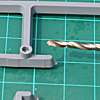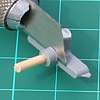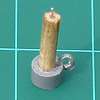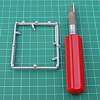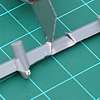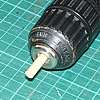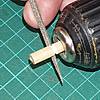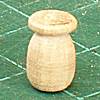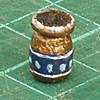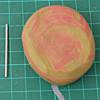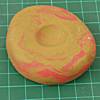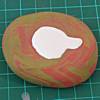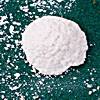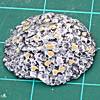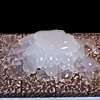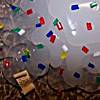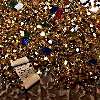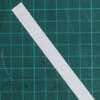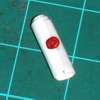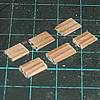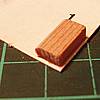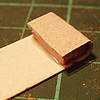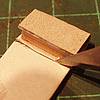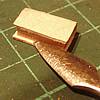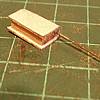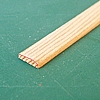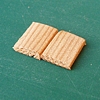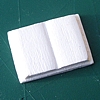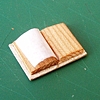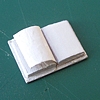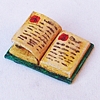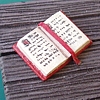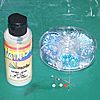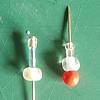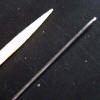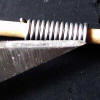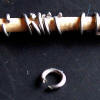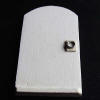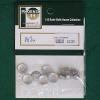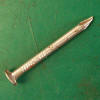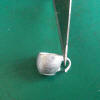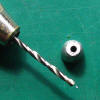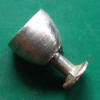| Contents | |||||||
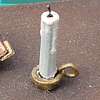 |
How to make effective candles. |
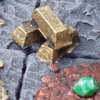 |
Gold Bars Making gold bars from plastic sprue pieces. |
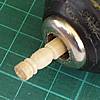 |
Pots,
Bottles & Urns How to make items using a hand-drill as a rudimentary lathe. |
|
Coin Piles Making coin piles from casting plaster using a temporary mould.
|
 |
Treasure Piles How to make piles of treasure with hot glue and glitter. |
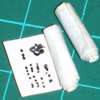 |
Scrolls How to make simple scrolls. |
|
Closed Books How to make closed books from stripwood and card. |
|
Open Books Making open books from stripwood, card and paper. |
|
|
Bead Bottles How to make bottles from beads. |
|
Bead Bottles 2 Adding corks to bead bottles using a cocktail stick. |
|
Bead Bottles 3 Adding a metal cap made from a link of a clothing tag. |
|
Metal Rings Making rings from solder for use as door handles or curtain rings. |
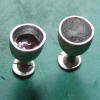 |
Goblets How to make goblets from a dolls house coffee set. |
|
Weights Making a set of weights from a plastic sprue. |
|
Brass Bowls How to make bowls from paper fasteners.
|
|
Weighing Scales How to make a set of weighing scales. |
|
|
Test Tubes How to make test tubes from bugle beads. |
|
Test Tube Rack Making a simple rack to hold the test tubes. |
|
Saucepans Making a saucepan from a superglue cap and a toothpick. |
|
Saucepans #2 A different style of saucepan with wire handles. |
|
|
Simple Sacks How to make sacks from stones and wet wipes.
|
||||||


